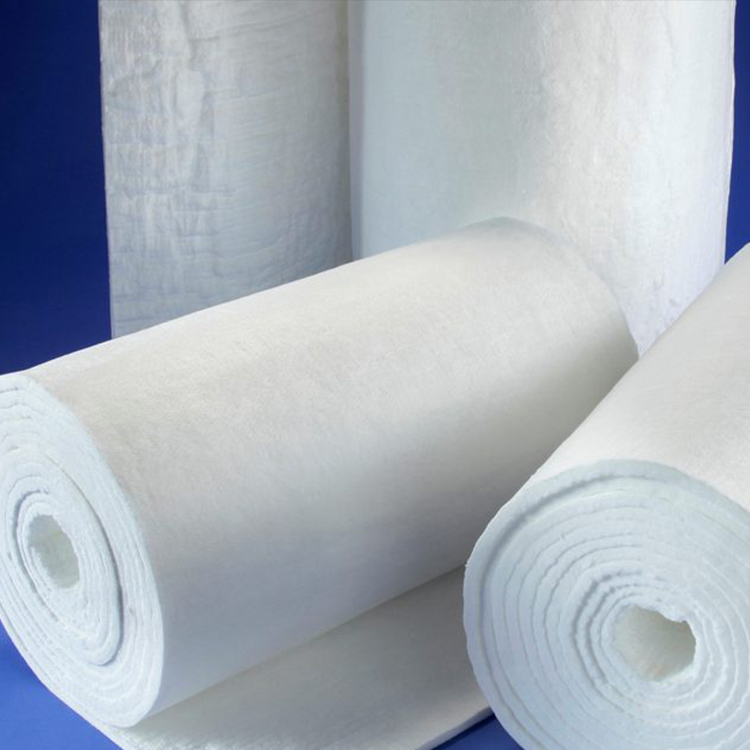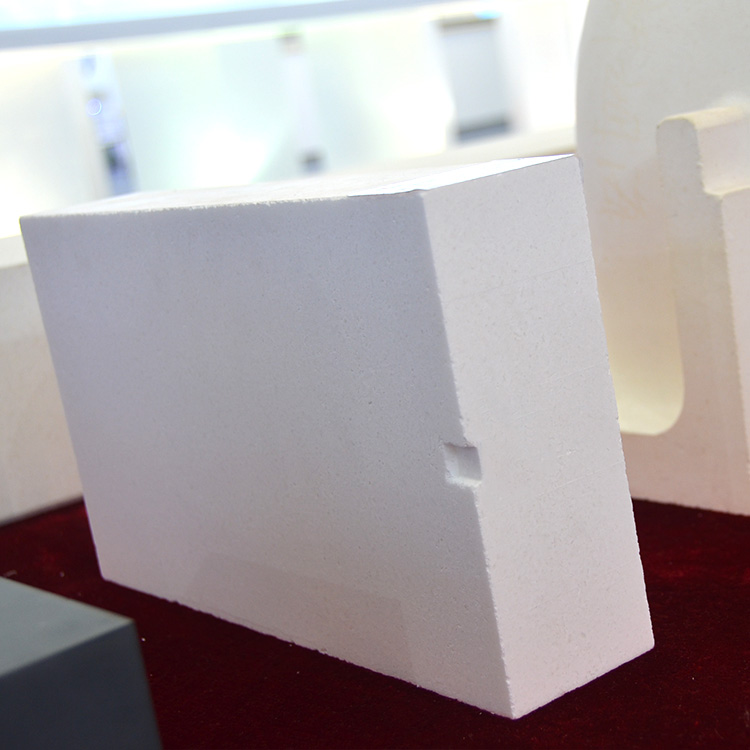
Efficient installation of high-temperature kiln furniture is crucial to prevent thermal expansion stress, which otherwise causes cracking, deformation, and costly downtime. By scientifically designing layout, compensating for thermal expansion, and controlling temperature change rates, you can significantly extend kiln furniture lifespan and enhance the stability of your industrial furnace operations.
When kiln furniture is exposed to high temperatures, materials inherently expand. If this thermal expansion is constrained or uneven, significant stress accumulates, leading to thermal shock, cracking, or deformation of your ceramic or refractory components. This can cause premature failure, disrupting production and increasing maintenance costs.
Typical thermal expansion coefficients for kiln furniture materials range between 5×10-6 and 15×10-6 per °C, meaning even a 100 °C temperature shift can cause measurable dimensional changes that must be accommodated.
To reduce thermal expansion stress damage, focus on three key areas detail your installation approach:
Rapid temperature fluctuations can spike thermal stress, leading to microcracks or fractures. Implement the following operational guidelines:
This approach preserves the mechanical integrity by minimizing abrupt thermal stresses.

Proactive monitoring of kiln furniture for early signs of thermal stress damage is essential for safety and cost-saving:
In a recent industrial furnace at a ceramics manufacturing facility, replacing traditional kiln furniture with Zhengzhou Tianyang Sunrise’s kyanite-based modules resulted in a 30% reduction in kiln downtime attributed to thermal damage.
The material’s thermal expansion coefficient of approximately 6×10-6 /°C combined with its high thermal conductivity helped maintain stable temperature profiles and minimized stress buildup.

| Metric | Traditional Kiln Furniture | Sunrise Kyanite Kiln Furniture |
|---|---|---|
| Thermal Expansion Coefficient (×10⁻⁶/°C) | ~12.5 | ~6.0 |
| Thermal Shock Resistance (Cycles) | ~100 | >250 |
| Creep Rate at 1400°C (mm/hour) | ~0.015 | <0.005 |
| Downtime Reduction | Baseline | 30% Improvement |
Implementing these techniques and selecting high-quality kiln furniture material is a proactive step that positions your operation to handle thermal stresses effectively and maintain continuous, safe production cycles.

